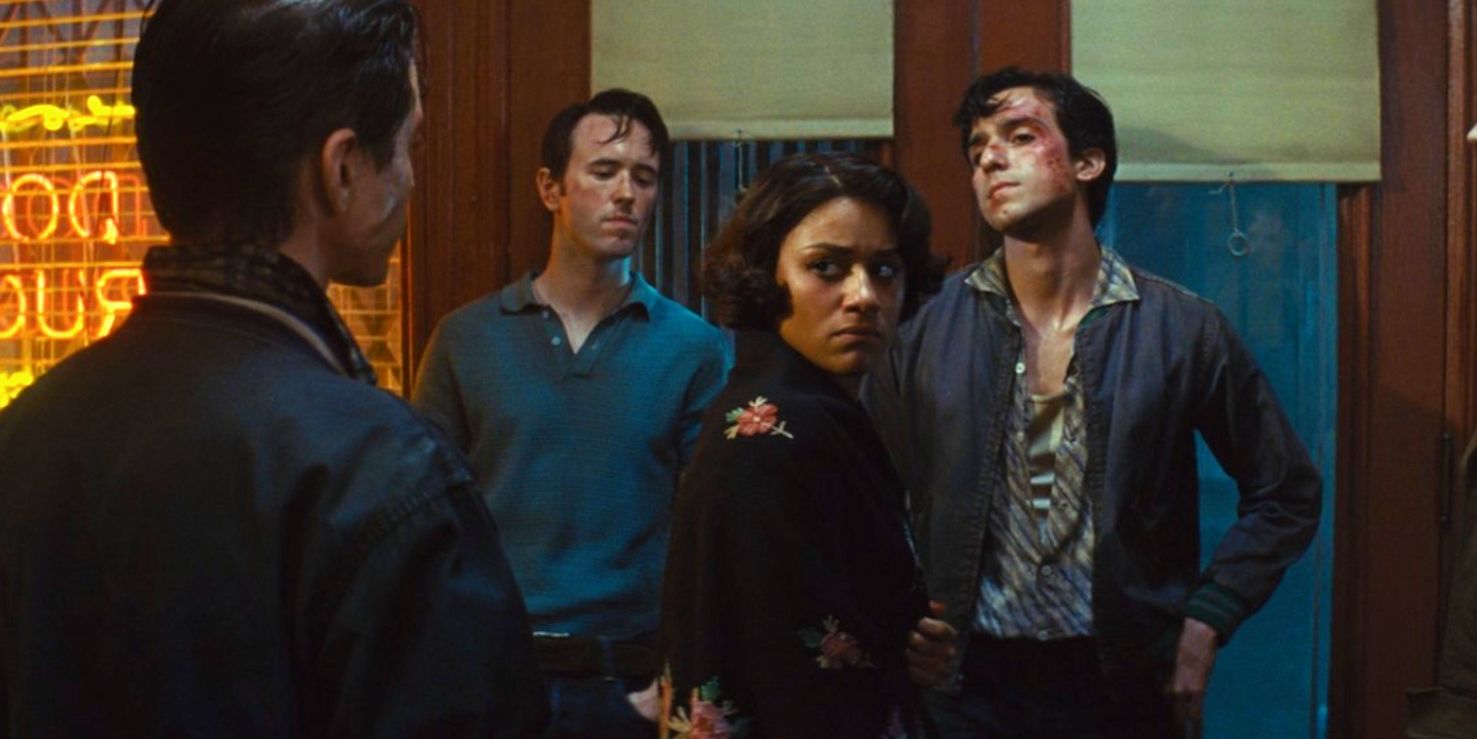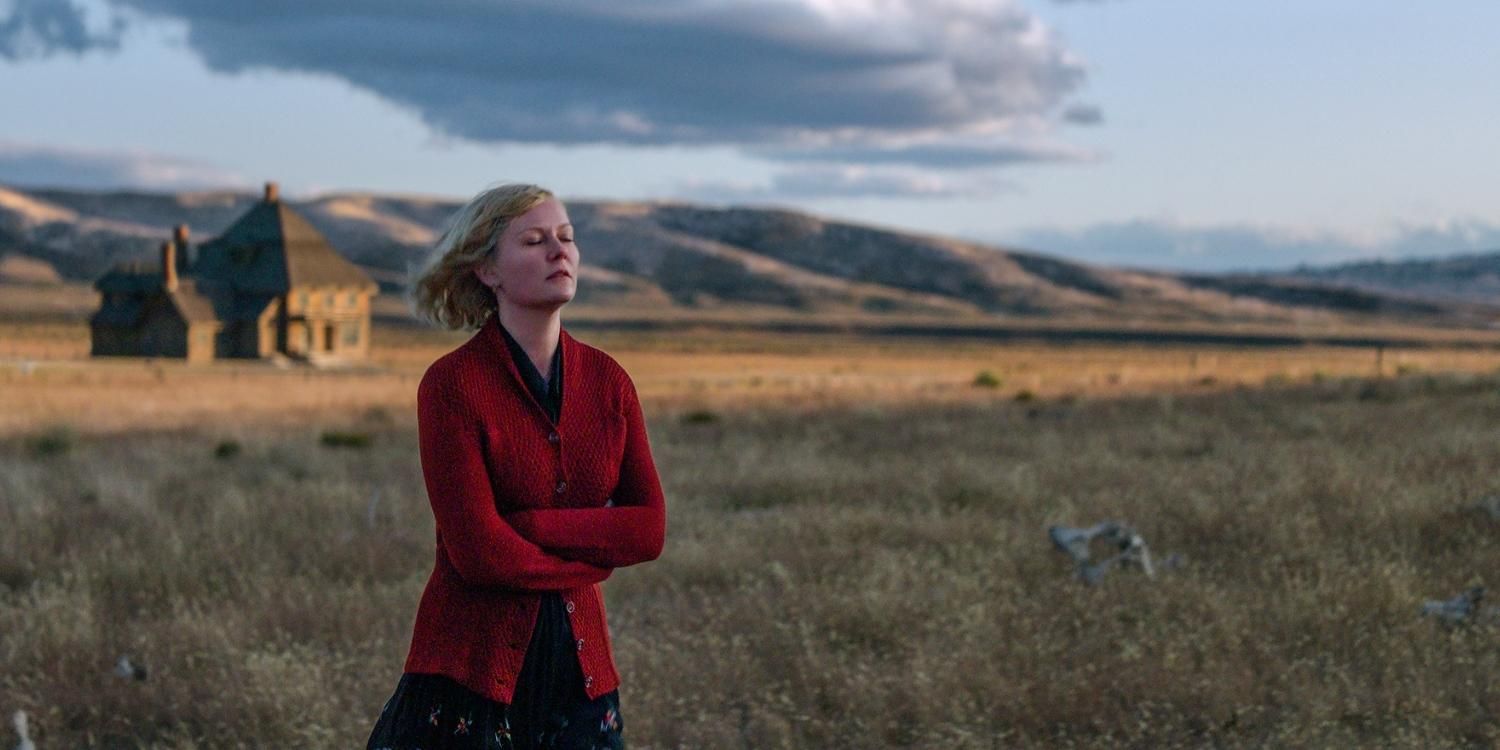A new study has found that only 7% of 2021 movies featured more female than male characters. In recent years, there has been a major shift toward gender inclusivity in Hollywood, with cross-studio movements such as Time’s Up emerging in the wake of innumerable harassment allegations against a wide array of industry figures. While the movement was initially founded to combat sexual harassment, it eventually also questioned issues such as gender parity, safety, equity, and inclusion, resulting in the establishment of new organizations and the setting of deadlines for the institution of permanent changes to the industry.
However, it seems as if these goals haven’t quite been met yet, and many organizations report that in the years following the establishment of Time’s Up, gender parity is still a widespread issue. According to John Heywood, a labor economist at UWM, female stars earn $1 million less on average per film and are far more likely to have shorter careers than their male counterparts. Similarly, despite 2019 seeing a record number of women working in the film industry, they were still far outnumbered by men. Criticism has been particularly focused on the Oscars, where only two of the 73 winners of the Best Director category have been female.
Now, as reported in Variety, a new study from the Center for the Study of Women in Television and Film at San Diego State University finds that only 7% of films released in 2021 featured more women than men. It outlines that 85% of films released in that year featured more male than female characters, while 8% featured an equal number. It also describes that 2021 saw a decrease in major female characters compared to 2020, going from 38% to 35%, which is compensated for only slightly by a 2% increase in solo-female protagonists.
Similarly, the study is particularly damning of BIPOC inclusion; despite an increase in Asian and Latina roles for women, this is limited to a handful of films. When these are removed from the count, roles for performers from those backgrounds either dropped from or were equal to 2020. Furthermore, the study highlights the bias towards female roles in drama over other genres and the increased likelihood of a female director or writer correlating with a female protagonist. The biggest takeaway from the study, therefore, is that Hollywood’s push for inclusivity has only just begun and will need to make more significant strides in the coming years in order to see any real results.
With the 2022 Oscars looking like the first time that there will be back-to-back female Best Director winners, this study highlights how, despite the increased inclusivity, there is still work to be done. In fact, while the figures for female performances are bad enough, acting is still leagues ahead of the disparity found behind the camera. If Jane Campion wins the award this year, it will definitely be a big moment for gender parity, but it is important to remember that it is not reflective of the wider Hollywood landscape.
Source: Variety


